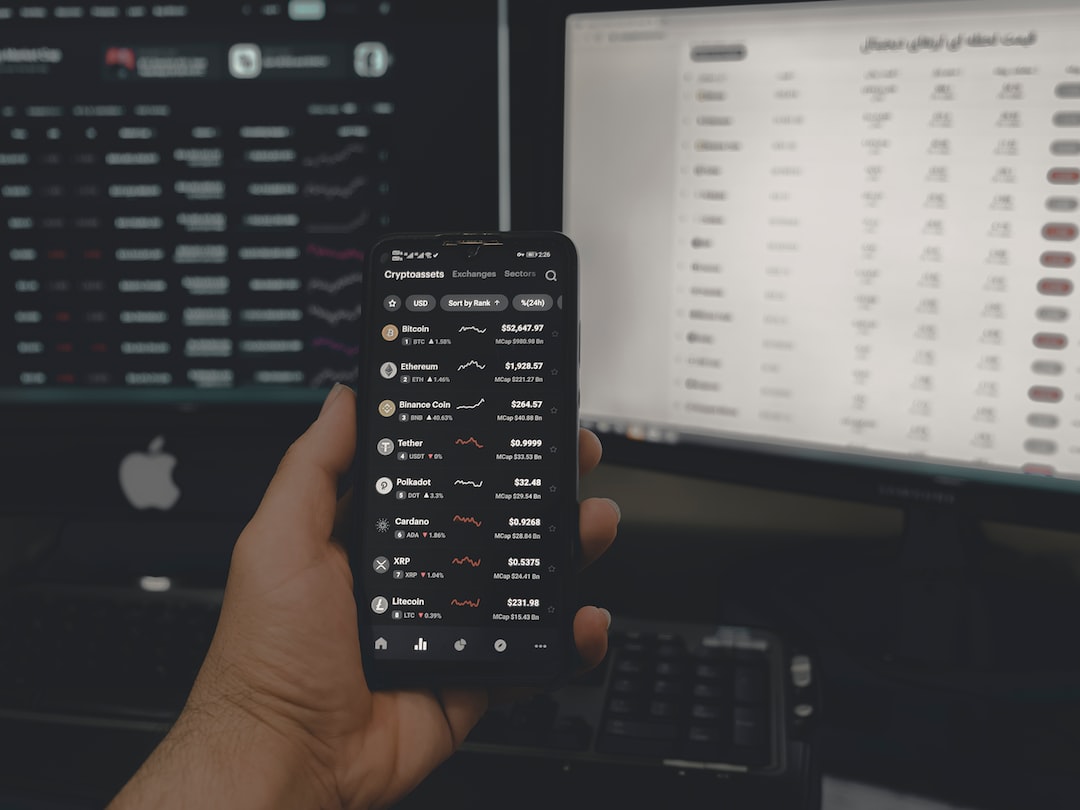The History and Evolution of Euro Coins: From Paper to Coinage
Greetings, fellow cryptocurrency enthusiasts! Are you ready to dive into the fascinating world of euro coins and explore their journey from paper to coinage? Well, get ready to embark on this captivating trip through time and witness the evolution of one of the most widely used currencies in the world. Buckle up, as we take you on a historical adventure!
1. The Birth of the Euro
Firstly, let’s set the scene. It was the 1st of January 1999 when the euro became an official currency for electronic transfers and accounting purposes. However, it wasn’t until three years later, on the 1st of January 2002, that physical euro notes and coins hit the streets, replacing the traditional currencies of the participating European Union (EU) countries. Have you ever wondered why the transition from paper to coinage was necessary? Let’s explore this further.
2. The Importance of Coins
Coins have a long history of representing value, functioning as a medium of exchange, and symbolizing a nation’s identity. So, when it came to introducing a new currency like the euro, coins played a crucial role. They were affordable to produce, durable, and generally accepted by the public, providing an efficient means of conducting everyday transactions. With that being said, let’s delve into the life cycle of these metallic wonders.
3. The Design and Features
When it comes to euro coins, each denomination carries a unique design, with the common obverse side portraying a map of Europe. The reverse side, on the other hand, varies for each country and denomination, showcasing national symbols, historical figures, or significant landmarks. The euro coins are made from various alloys, allowing them to have different colors and sizes, making them easily distinguishable by touch and sight. This way, even the visually impaired can differentiate between various denominations.
4. The Euro Zone
Become acquainted with the Eurozone–the group of EU member countries that adopted the euro as their official currency. Currently, it comprises 19 out of the 27 EU member states. The remaining countries either haven’t met the criteria for joining the Eurozone or have chosen to retain their national currencies. So, when traveling within the Eurozone, remember that using the common currency of the euro makes transactions seamless and hassle-free.
5. A Collector’s Delight
Whether you’re a numismatist or simply intrigued by the history and culture of different nations, euro coins offer a wonderful opportunity for collecting. With each country having its own unique designs and limited edition releases, collecting euro coins can be an exciting journey. From commemorative editions to special sets, there is a vast array of collectible coins waiting to be discovered.
Frequently Asked Questions (FAQs)
Q: Can I use a euro coin from any country within the Eurozone?
A: Absolutely! Regardless of the country of origin, a euro coin can be used freely within the Eurozone for transactions.
Q: Are euro coins valuable for collectors?
A: Some euro coins, particularly limited edition or rare ones, can hold considerable collector’s value. However, the majority of euro coins are kept in circulation and hold their face value.
Q: Are there any security features on euro coins to prevent counterfeiting?
A: Yes, indeed! Euro coins contain various anti-counterfeiting measures such as micro-engravings, holographic images, and machine-readable features to ensure their authenticity and discourage counterfeiting.
Q: Can I exchange my euro coins for paper money?
A: Certainly! Euro coins can be exchanged for banknotes at banks or other authorized currency exchange establishments within the Eurozone countries.
Q: Will new euro coin designs be introduced in the future?
A: Yes, euro coins are periodically updated with new designs, particularly for the common side (map of Europe), to honor new member countries or commemorate special events.
There you have it, friends! The enthralling journey of euro coins, from their inception as a digital currency to their widespread use as tangible coins within the Eurozone. We hope you enjoyed this historical exploration and that it deepened your appreciation for the significance of coins in our daily lives.





 By
By
 By
By
 By
By


 By
By